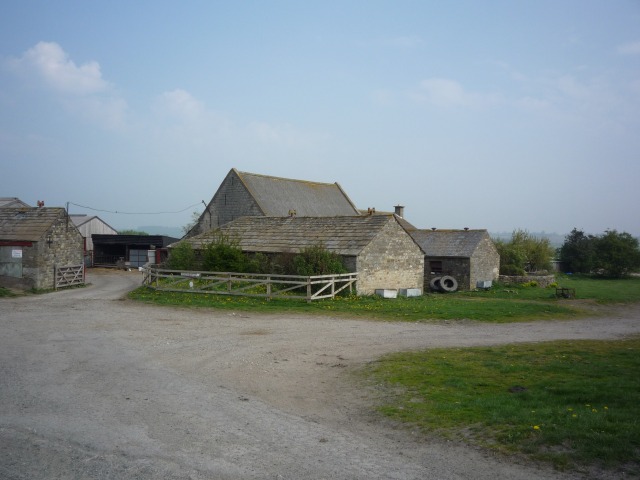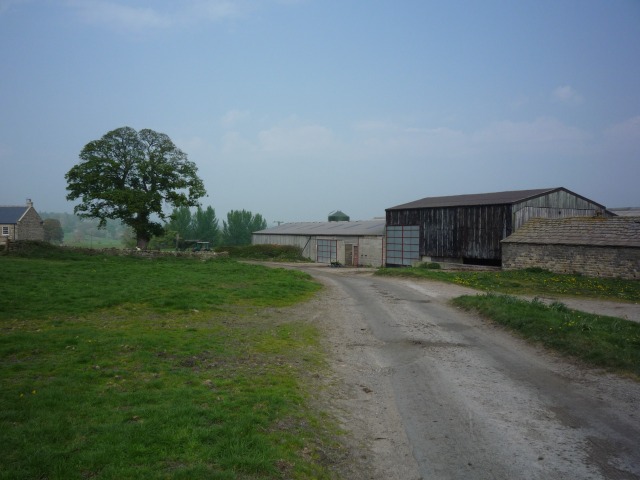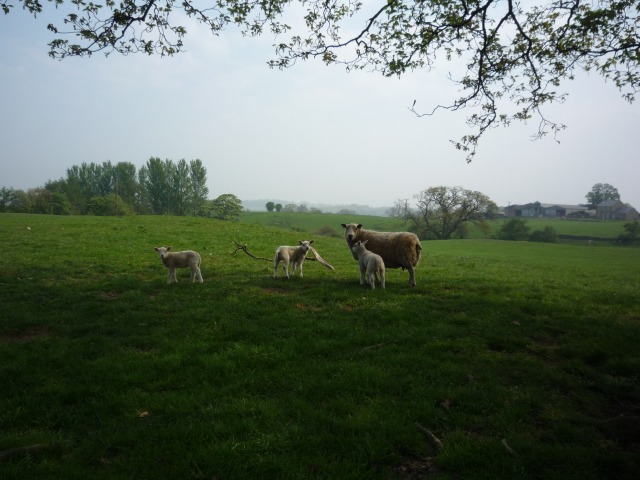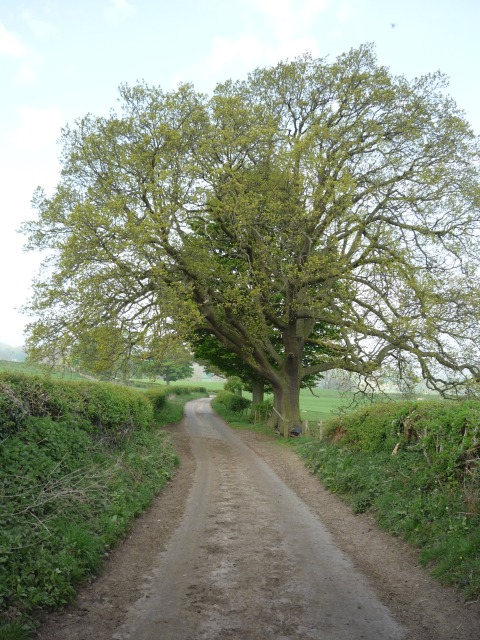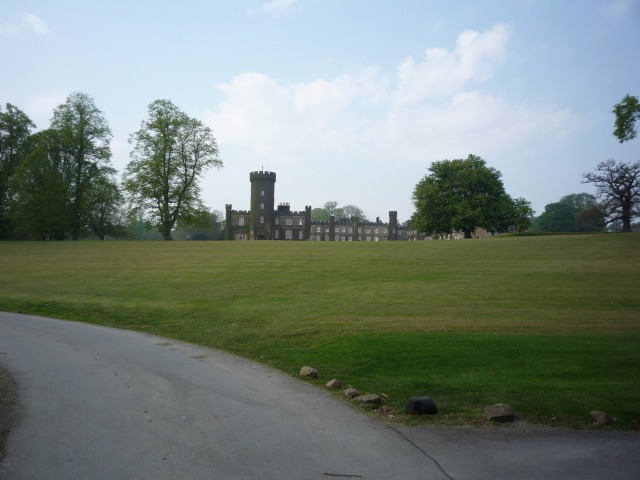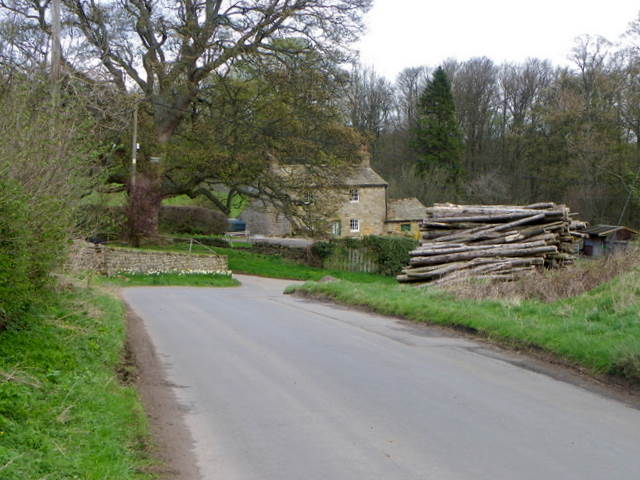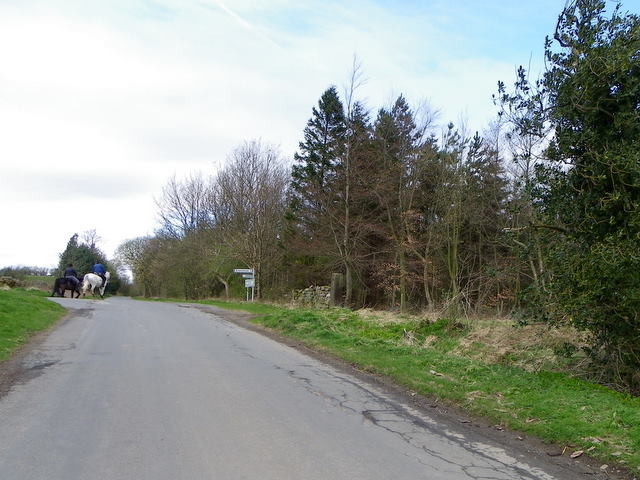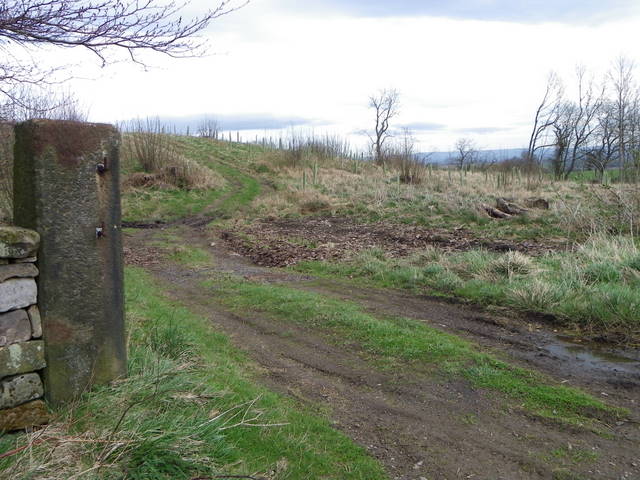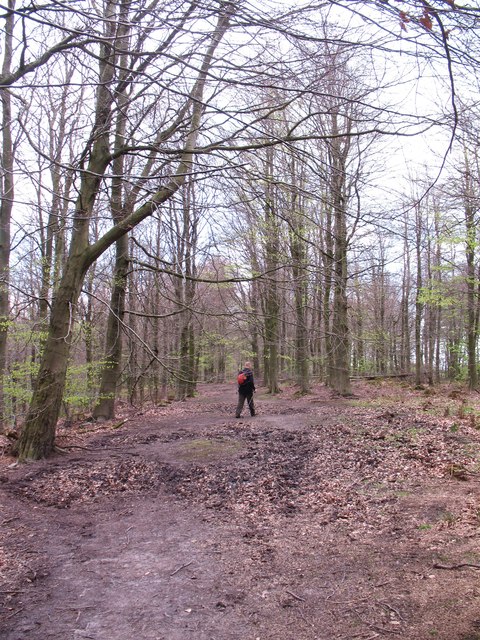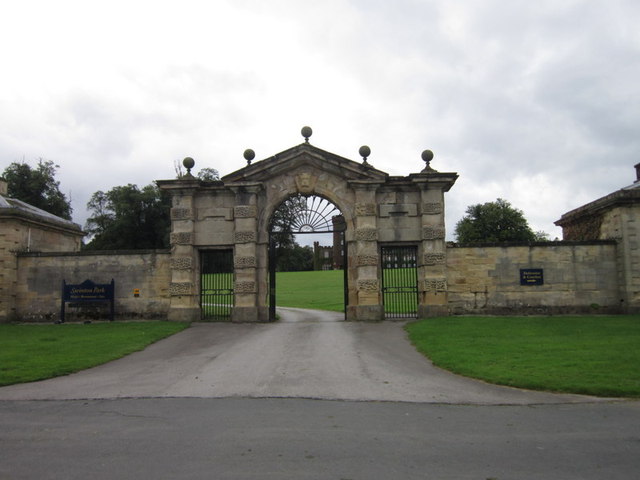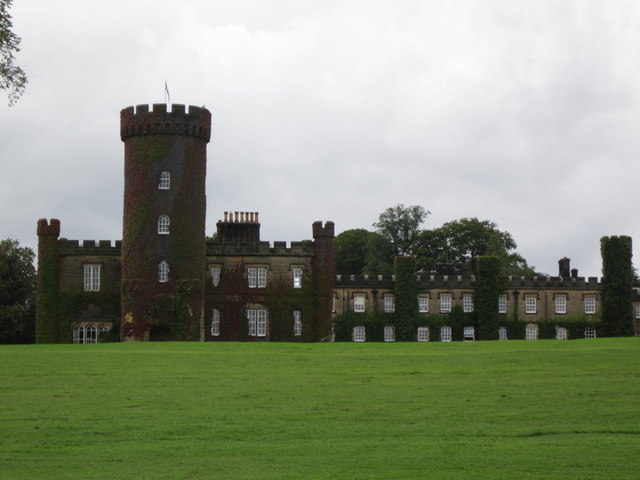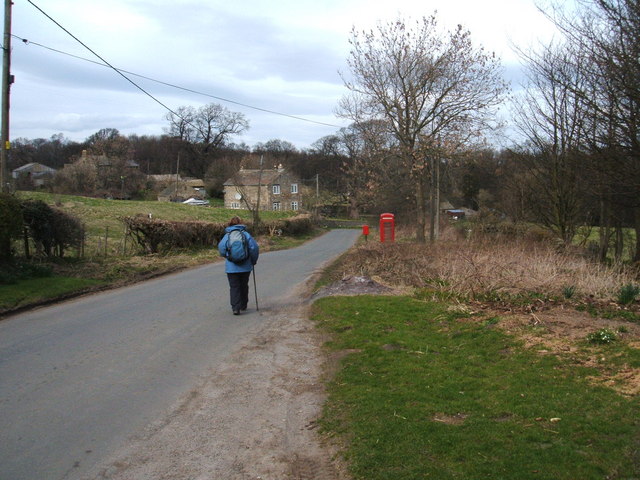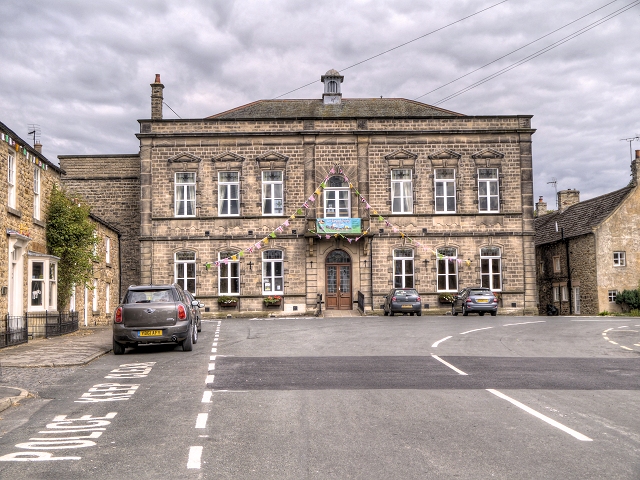Warthermarske
Settlement in Yorkshire Harrogate
England
Warthermarske
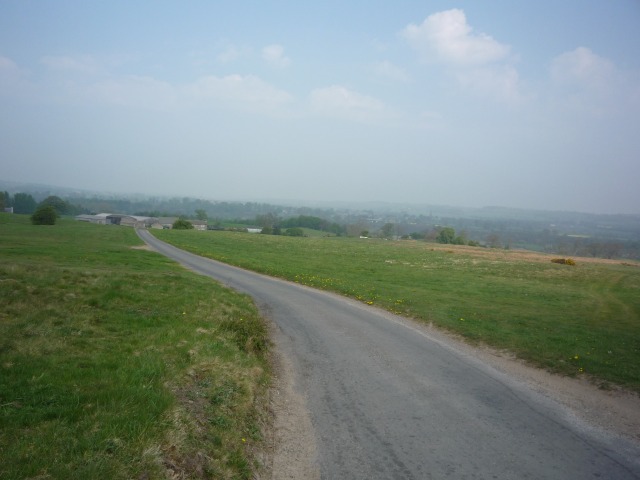
Warthermarske is a small village located in the county of Yorkshire, England. Situated in the Ryedale district, this picturesque village is nestled in the heart of the North York Moors National Park, offering stunning views of rolling hills, lush green landscapes, and breathtaking natural beauty.
With a population of around 200 residents, Warthermarske exudes a charming and peaceful atmosphere. The village is characterized by its traditional stone cottages, well-kept gardens, and narrow winding lanes. It is a place where time seems to stand still, providing a tranquil retreat from the hustle and bustle of modern life.
Despite its small size, Warthermarske has a rich history dating back centuries. The village is home to St. Mary's Church, a Grade II listed building that dates back to the 12th century. The church's architecture showcases a mix of Norman and Gothic styles, and its interior features beautiful stained glass windows and intricate woodwork.
The village also boasts a close-knit community, with various local events and activities bringing residents together. The annual Warthermarske Village Fair is a highlight, offering a range of entertainment, food stalls, and traditional games for all ages.
Surrounded by stunning countryside, Warthermarske is a haven for outdoor enthusiasts. The village is a perfect base for exploring the North York Moors, with numerous walking and cycling trails that wind through the picturesque landscapes. The nearby Warthermarske Forest is a popular spot for nature lovers, offering opportunities for wildlife spotting and peaceful picnics.
In summary, Warthermarske is a charming and idyllic village in Yorkshire, offering a peaceful retreat, rich history, and access to stunning natural landscapes.
If you have any feedback on the listing, please let us know in the comments section below.
Warthermarske Images
Images are sourced within 2km of 54.206479/-1.683846 or Grid Reference SE2079. Thanks to Geograph Open Source API. All images are credited.
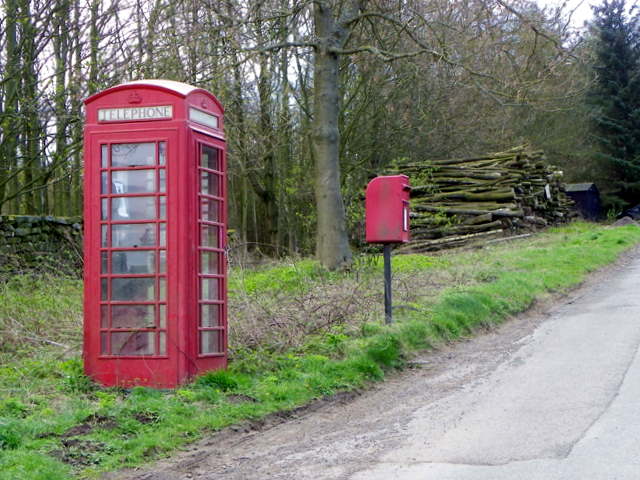
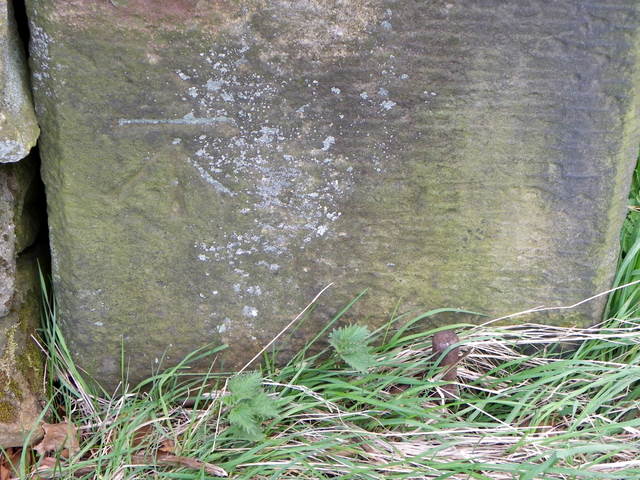
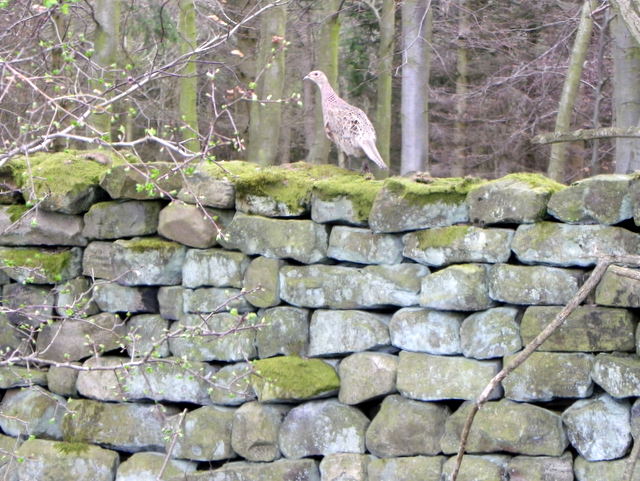
Warthermarske is located at Grid Ref: SE2079 (Lat: 54.206479, Lng: -1.683846)
Division: North Riding
Administrative County: North Yorkshire
District: Harrogate
Police Authority: North Yorkshire
What 3 Words
///scorched.scam.solved. Near Masham, North Yorkshire
Nearby Locations
Related Wikis
Warthermarske
Warthermarske is a hamlet in the Harrogate borough of North Yorkshire, England. It is near Swinton, about 1 mile (2 km) south-west of Masham. The village...
Swinton with Warthermarske
Swinton with Warthermarske is a civil parish in Harrogate district, North Yorkshire, England. The parish includes the village of Swinton and the hamlets...
Swinton Estate
The Swinton Estate is a large privately owned estate in North Yorkshire, England. It comprises some 20,000 acres (8,100 ha) of countryside in the Nidderdale...
Swinton, Harrogate
Swinton is a small village in the Harrogate district of North Yorkshire, England. It is situated to the immediate south-west of Masham and separated from...
Ilton, North Yorkshire
Ilton is a village in North Yorkshire, England, 3 miles south-west of Masham. It is the principal settlement in the civil parish of Ilton cum Pott, in...
Colsterdale Light Railway
The Colsterdale Light Railway (CLR) was a narrow-gauge railway line in Colsterdale, North Yorkshire, England. It was built between 1903 and 1905 to allow...
Fearby
Fearby is a village and civil parish in North Yorkshire, England. It is located in the valley of the River Burn 2 miles (3 km) west of Masham. Nearby settlements...
Masham Town Hall
Masham Town Hall is a municipal building in the Little Market Place, Masham, North Yorkshire, England. The structure, which is used as an events venue...
Nearby Amenities
Located within 500m of 54.206479,-1.683846Have you been to Warthermarske?
Leave your review of Warthermarske below (or comments, questions and feedback).
